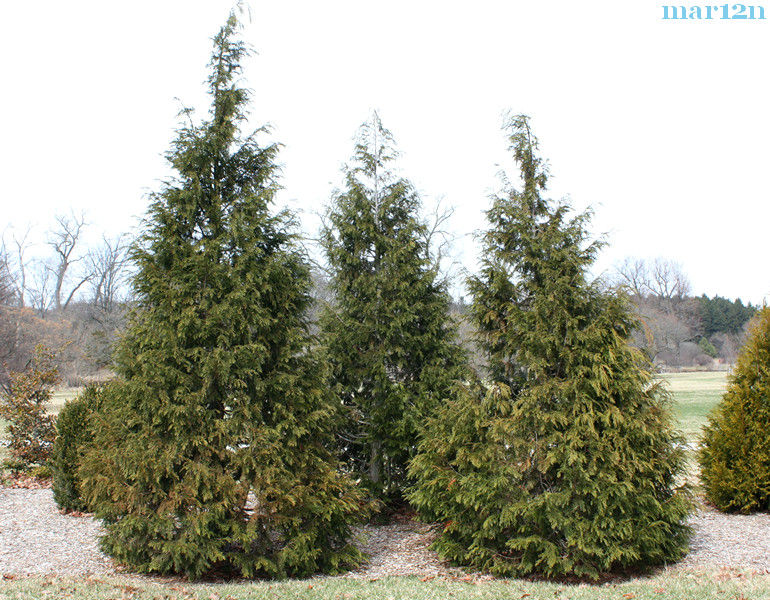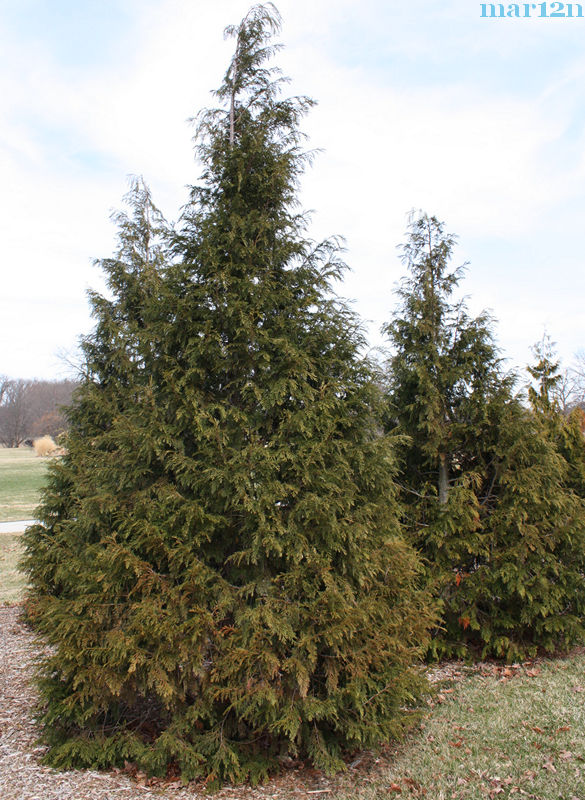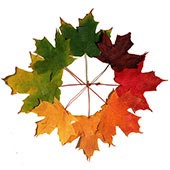Sullivan Port Orford Cedar
Chamaecyparis lawsoniana ‘Sullivan’

Port-Orford-cedar, also called Lawson cypress and Port Orford white-cedar, is known for its grace in ornamental plantings and for its versatile wood.
As logs, mostly exported to Japan, it brings higher prices than almost any other conifer in the United States. This valuable tree, however, has a very limited range and an uncertain future.
Management of Port-Orford-cedar has become impossible in much of its range since the introduction of a fatal root rot that is still spreading.

Port-Orford cedar grows in a small area near the Pacific coast in southern Oregon and northern California. A secondary concentration is found at high elevations in the upper reaches of the Illinois and Klamath River drainages near the Oregon State boundary.
Outside its natural range, the major use of Port-Orford-cedar is as an ornamental. As such, it is usually referred to as Lawson cypress. More than 200 cultivars are known, varying in size, shape, foliar morphology, and color.
It is suitable for hedges but is usually planted as separate individuals of either full-sized or dwarfed varieties. Its use has declined in some areas because of root rot. Cut branches are used in floral arrangements.
